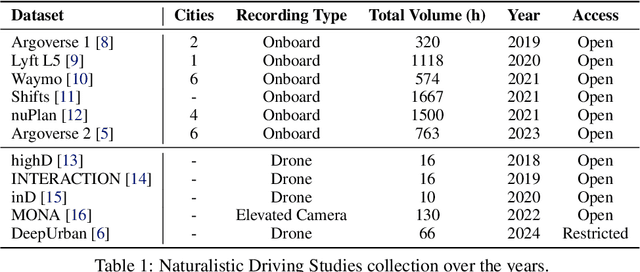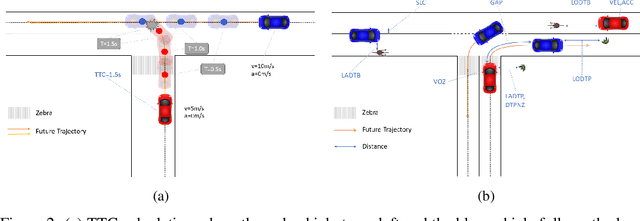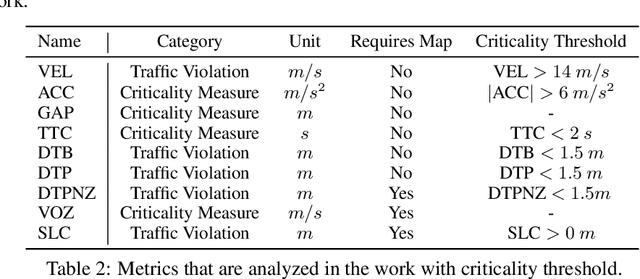Alessandro Canevaro
Advancing Out-of-Distribution Detection via Local Neuroplasticity
Feb 20, 2025Abstract:In the domain of machine learning, the assumption that training and test data share the same distribution is often violated in real-world scenarios, requiring effective out-of-distribution (OOD) detection. This paper presents a novel OOD detection method that leverages the unique local neuroplasticity property of Kolmogorov-Arnold Networks (KANs). Unlike traditional multilayer perceptrons, KANs exhibit local plasticity, allowing them to preserve learned information while adapting to new tasks. Our method compares the activation patterns of a trained KAN against its untrained counterpart to detect OOD samples. We validate our approach on benchmarks from image and medical domains, demonstrating superior performance and robustness compared to state-of-the-art techniques. These results underscore the potential of KANs in enhancing the reliability of machine learning systems in diverse environments.
Traffic and Safety Rule Compliance of Humans in Diverse Driving Situations
Nov 04, 2024



Abstract:The increasing interest in autonomous driving systems has highlighted the need for an in-depth analysis of human driving behavior in diverse scenarios. Analyzing human data is crucial for developing autonomous systems that replicate safe driving practices and ensure seamless integration into human-dominated environments. This paper presents a comparative evaluation of human compliance with traffic and safety rules across multiple trajectory prediction datasets, including Argoverse 2, nuPlan, Lyft, and DeepUrban. By defining and leveraging existing safety and behavior-related metrics, such as time to collision, adherence to speed limits, and interactions with other traffic participants, we aim to provide a comprehensive understanding of each datasets strengths and limitations. Our analysis focuses on the distribution of data samples, identifying noise, outliers, and undesirable behaviors exhibited by human drivers in both the training and validation sets. The results underscore the need for applying robust filtering techniques to certain datasets due to high levels of noise and the presence of such undesirable behaviors.
 Add to Chrome
Add to Chrome Add to Firefox
Add to Firefox Add to Edge
Add to Edge